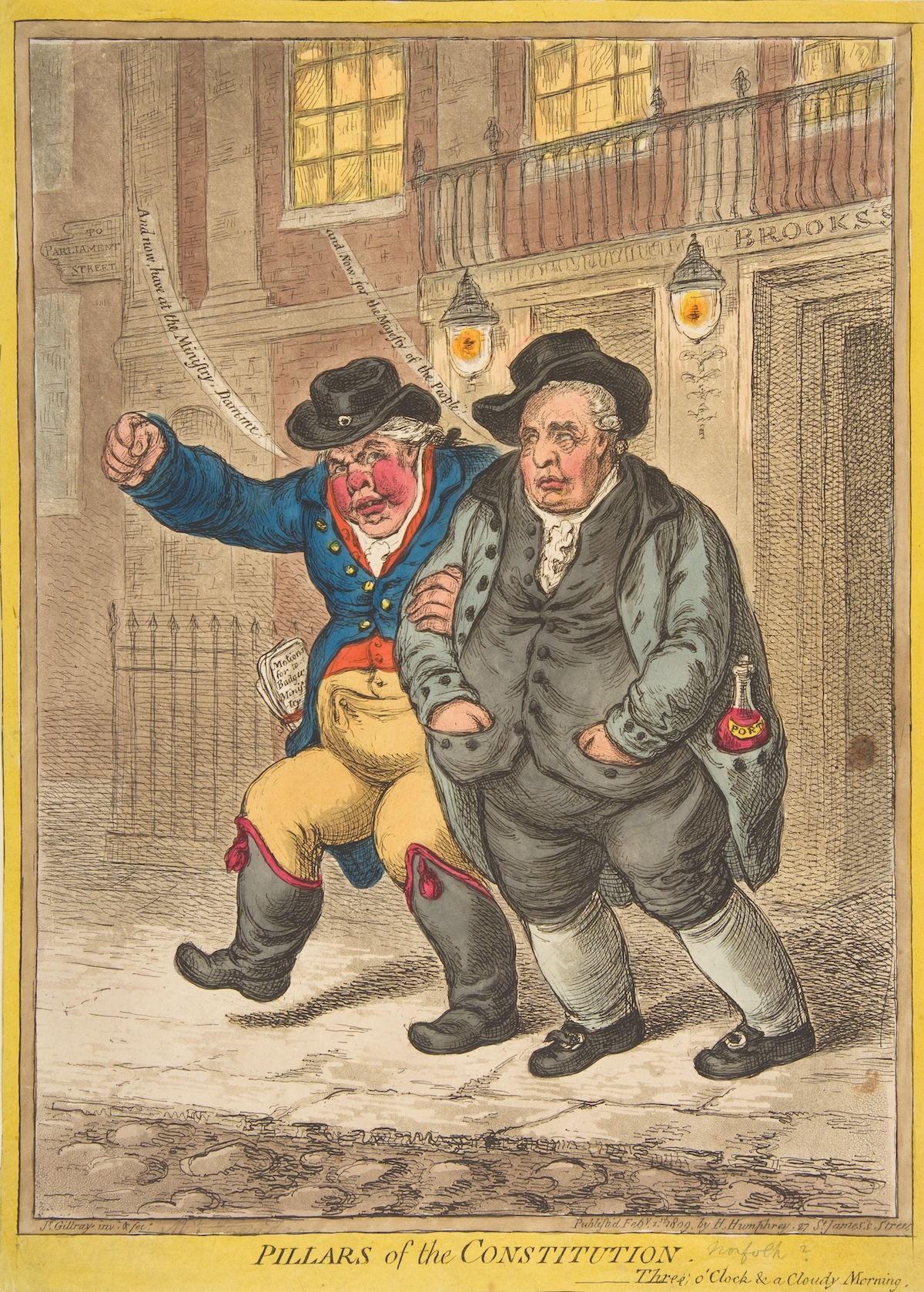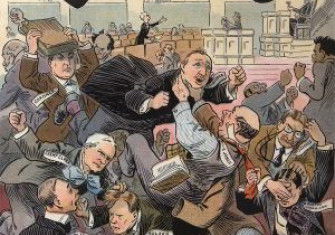Why is Constitutional History Back in Fashion?
Constitutional history dominated university history departments in Britain until the 1960s. It's making a comeback.

Over the last 50 years or so historians have experienced so many turns – linguistic, material, cultural, spatial, emotional, oceanic, global – that they might understandably feel a little dizzy. And anxious: there has been no fate worse than to find oneself on the wrong side of historiography. Woe betide any clodhopper who has failed to keep in step with the latest call from the cadres of progressive rectitude.
The starting point from which this intellectual conga has been snaking away was, allegedly, constitutional history, conventionally deemed to have dominated university history departments in Britain until as late as the 1960s. That rejected world is epitomised by William Stubbs’ three-volume Constitutional History of England (1874-78), an object of condescension – in particular, from those who have never read it. But the metaphor of the turn, coined by Richard Rorty in 1967, is not suggestive of a linear progress, and the cunning of historiographical reason sometimes works in unpredictable ways.







